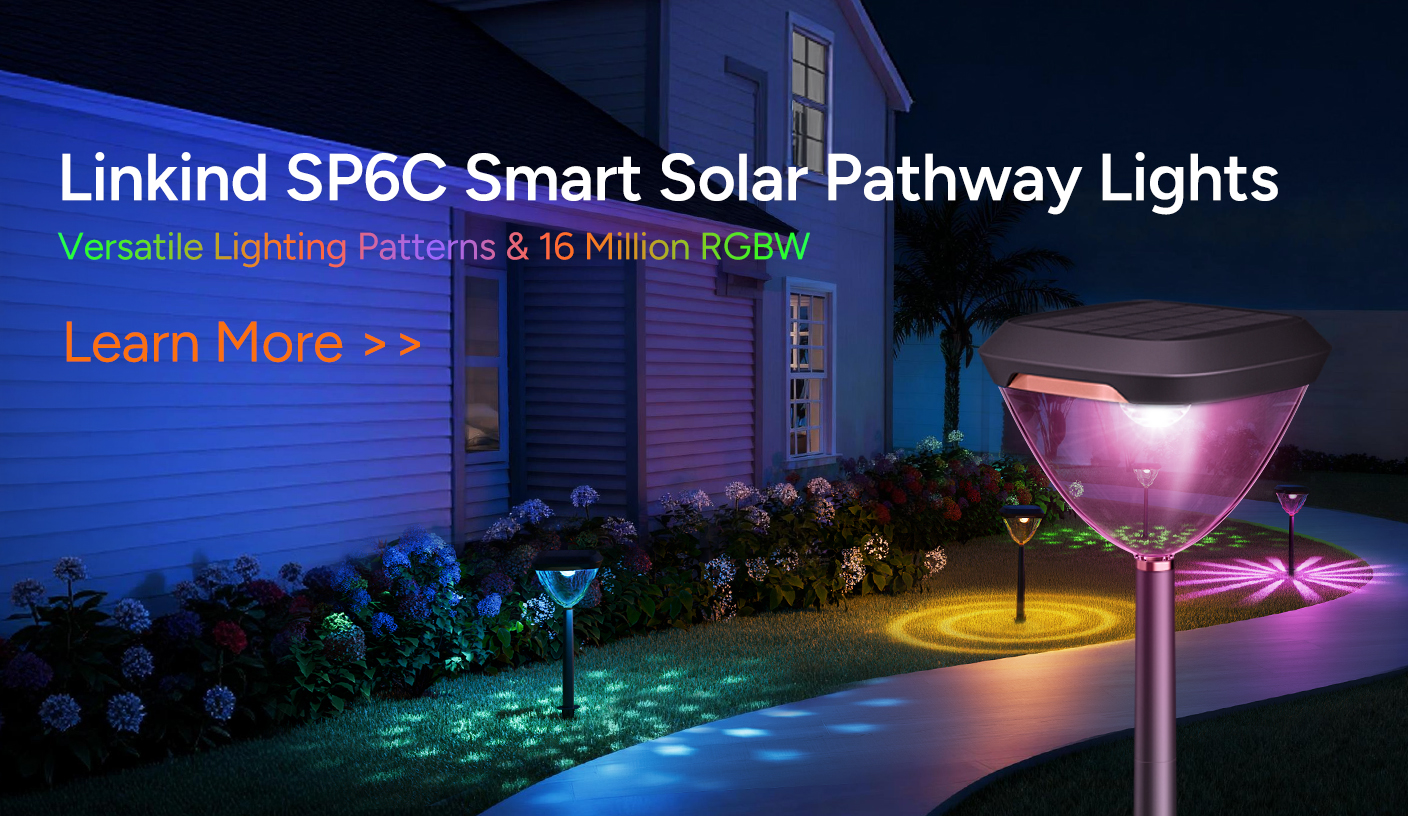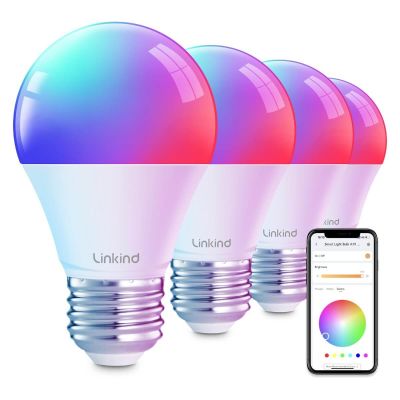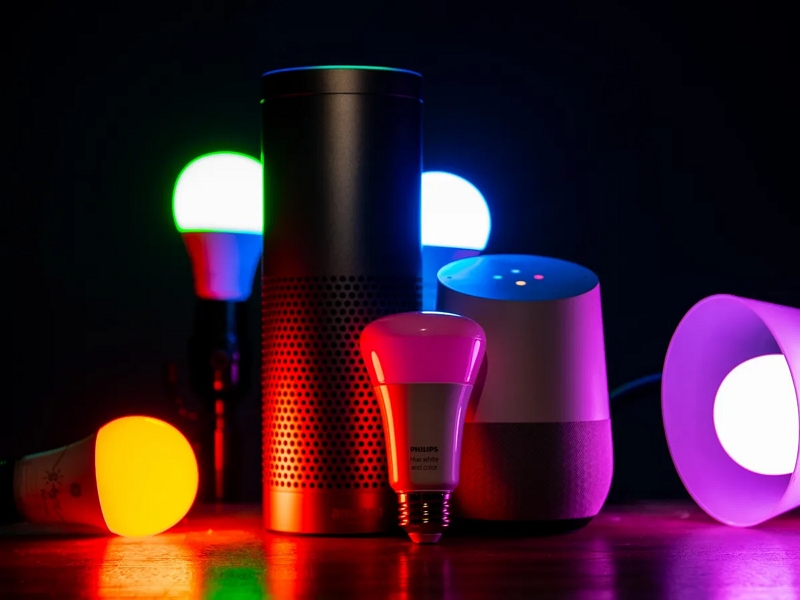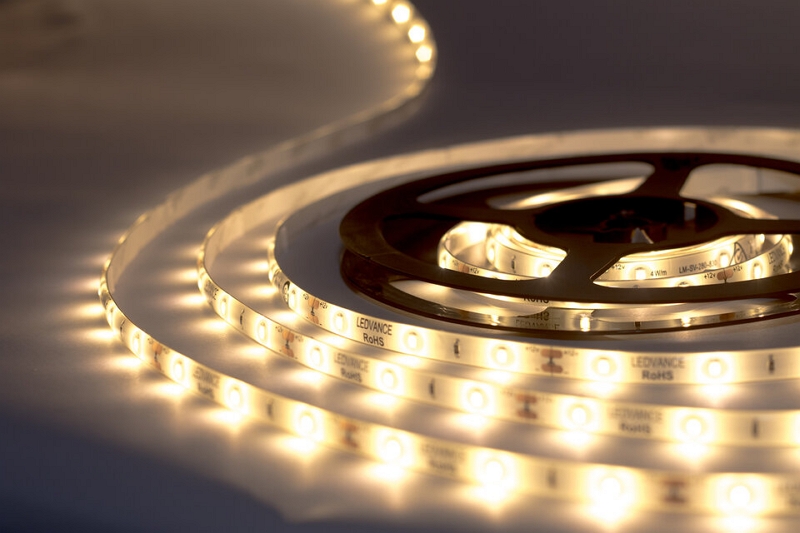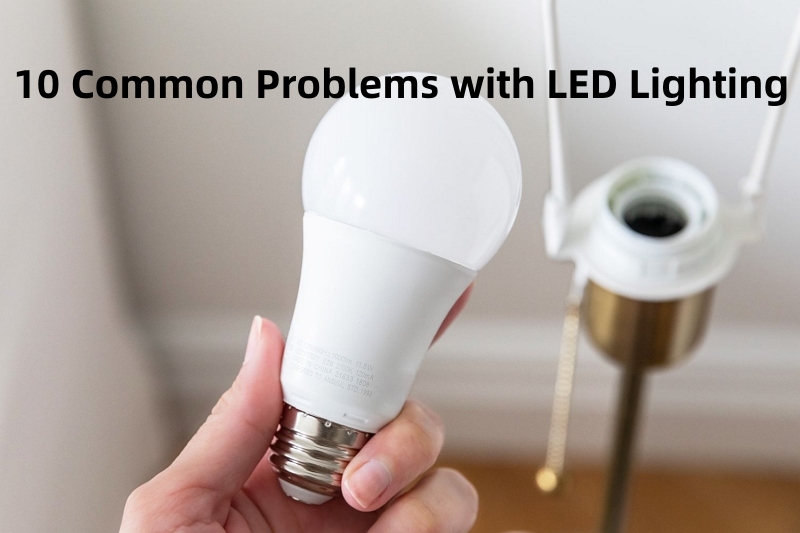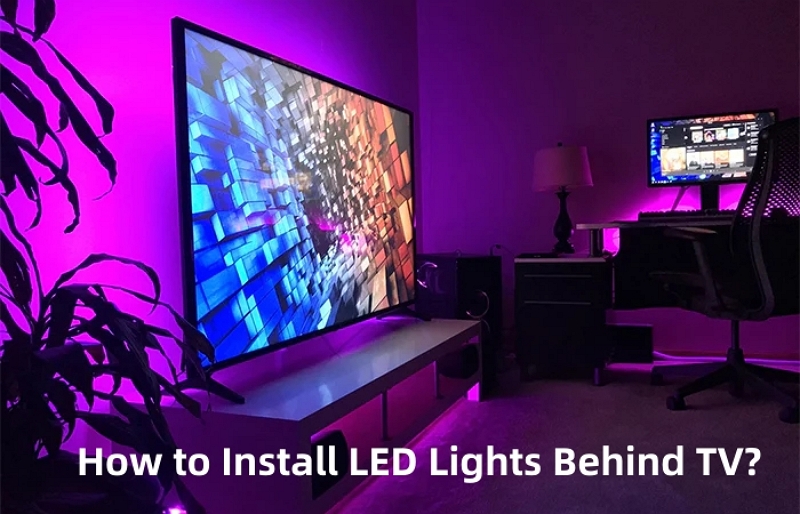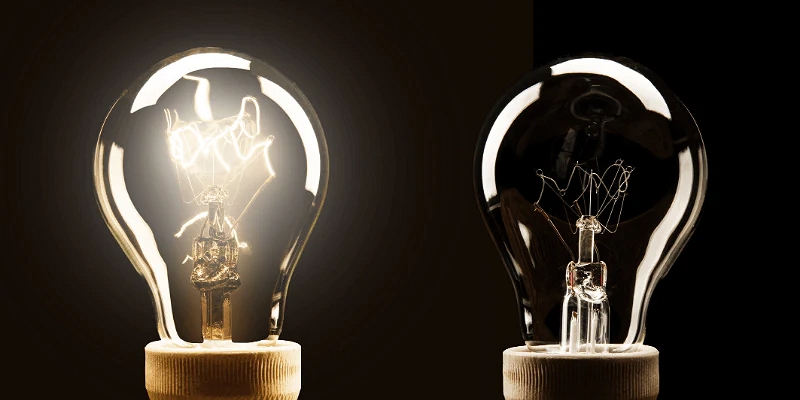When it comes to lighting, there are many options available these days. But two of the most popular choices for commercial and residential lighting applications remain LED lights and fluorescent lights. While both types of bulbs have their advantages and disadvantages, choosing between them can be a difficult decision.
To help make the choice easier, let's talk about LED lights and fluorescent lights in terms of energy efficiency, cost-effectiveness, brightness levels, and longevity. Here is our 2023 comparison of LED vs fluorescent to help you make an informed decision when choosing your next light bulb!
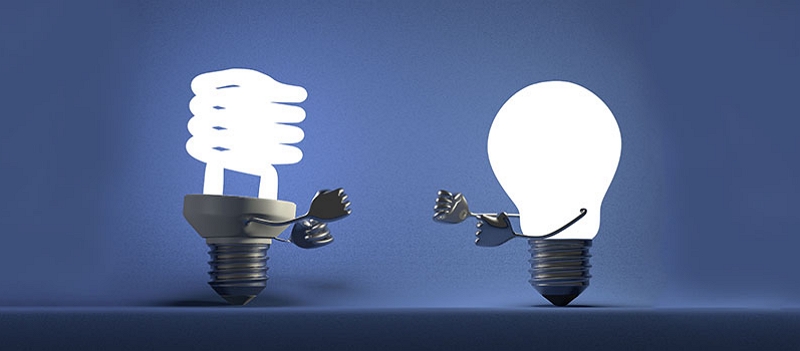

Part 1. An Overview of LED Lights
LED, or Light Emitting Diodes, are the rockstars of the lighting world. These tiny powerhouses emit light when electricity passes through them. They're like the little elves that work tirelessly to make sure your spaces are well-lit and fabulous.
Advantages of LED Lights
LEDs are like the superheroes of lighting. They save the day in so many ways! First, they're energy-efficient. According to the US Department of Energy, LEDs use up to 80% less energy than traditional bulbs. That's like running a marathon and not breaking a sweat! Plus, they have a longer lifespan. We're talking 25,000 hours or more. That would be almost three years if you left them on 24/7!
Moreover, they're versatile. From your classic bulb shape to those fancy strips, LEDs can be found in a plethora of designs. They're also champions of color rendering, which means they can make your interiors look like a million bucks.
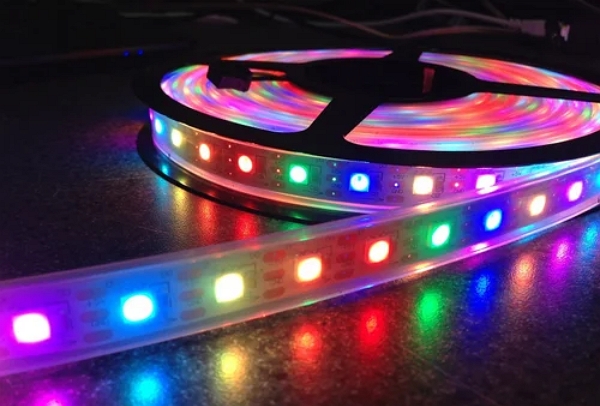

Disadvantages of LED Lights
On the other hand, let's be real. LEDs are not without their kryptonite. They can be more expensive upfront compared to traditional bulbs. Also, not all LEDs are created equal. Some might not dim as well as you'd like, and others might not play nice with your existing fixtures.
Part 2. An Overview of Fluorescent Lights
Now, let's talk about the old guard - fluorescent lights. These are the tubes you probably remember from school or office buildings. They work by passing electricity through a tube filled with mercury vapor. This produces ultraviolet light, which then interacts with a phosphor coating inside the tube to create visible light.
Advantages of Fluorescent Lights
Fluorescent lights have been around the block, and they've got some tricks up their sleeves. They're more energy-efficient than incandescent bulbs and are great for lighting large spaces. They also have a decent color rendering, so your spaces won't look like a scene from a horror movie.
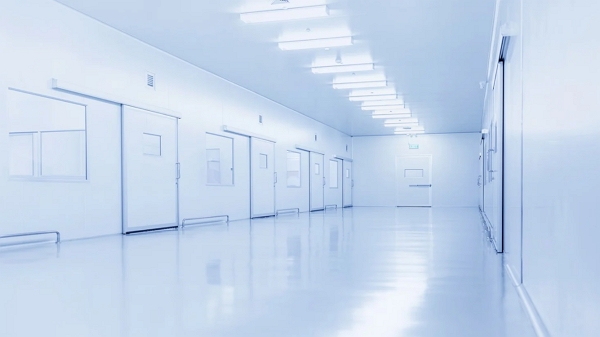

Disadvantages of Fluorescent Lights
However, they're not as efficient as LEDs, and they don't last as long. Plus, they contain mercury, which is a no-no for the environment. And let's not forget the infamous flickering and the unflattering light they can sometimes cast.
Part 3. LED vs Fluorescent
1. Energy Efficiency
First and foremost, when it comes to energy efficiency, LED lights are the undisputed champions. They use significantly less energy compared to fluorescent lights. The U.S. Department of Energy states that LEDs are about 80% more energy-efficient than fluorescents. This means that a higher percentage of the electrical energy is converted to light, while less is lost as heat.
2. Lifespan
The lifespan is another area where LED lights outshine fluorescent lights. On average, LED lights can last up to 25,000 hours or more. In contrast, fluorescent lights typically have a lifespan of about 7,000 to 15,000 hours. This means that not only do LED lights last longer, but they also require less frequent replacement, which can be cost-effective in the long run.
3. Environmental Impact
LED lights also have a lower environmental impact compared to fluorescent lights. One of the reasons is that fluorescent lights contain mercury, a hazardous material. The disposal of fluorescent lights needs to be handled carefully to prevent mercury from harming the environment. LED lights do not contain mercury or other hazardous materials, making them more eco-friendly.
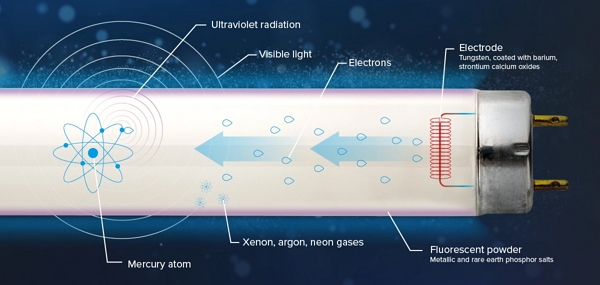

4. Light Quality
In terms of light quality, LED lights generally offer better color rendering and more control over the color temperature. This means that they can reproduce colors more accurately and can be tuned to produce warmer or cooler light according to preference. Fluorescent lights, while having decent color rendering, usually don't offer the same level of control over color temperature.
5. Flexibility and Control
LED lights offer greater flexibility and control. With the advent of smart LED bulbs, users can control the brightness, color, and even program schedules for the lights using apps on their smartphones. Fluorescent lights don't usually have these smart features.
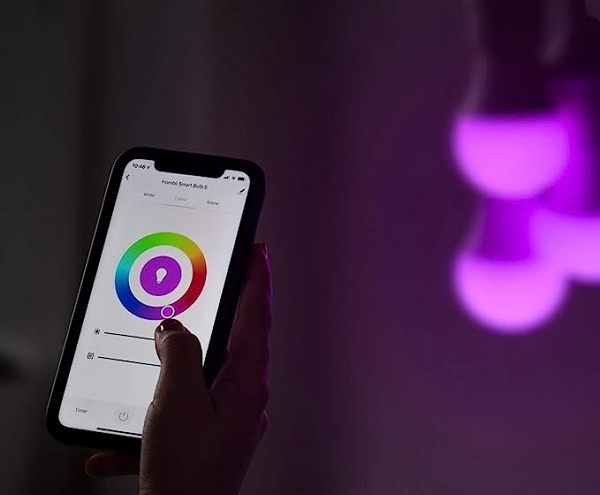

6. Cost
One of the few areas where fluorescent lights may have an advantage is the initial cost. Fluorescent lights are generally cheaper to purchase than LED lights. However, considering the longer lifespan and energy savings of LED lights, the total cost of ownership over time may still favor LEDs.
Part 4. Is It Worth Replacing Fluorescent with LED?
The short answer is YES. It is worth replacing fluorescent lights with LED lights. Overall, LED lights have a lot of advantages over fluorescent lights. They are more energy efficient, last longer, produce better light quality, offer greater flexibility and control, and are environmentally friendly. While they may cost more initially than fluorescent lights, the long-term savings in terms of energy costs and replacement costs make them the preferred choice for many lighting applications.
Now if you are considering such a replacement, allow me to introduce you to a product that epitomizes the advancements in LED technology - the AiDot Smart WiFi RGBW Light Bulb. This is not just any LED bulb; it's a marvel of modern engineering and design. With its sleek appearance and cutting-edge features, the AiDot Smart WiFi RGBW Light Bulb represents the pinnacle of what LED technology has to offer. It’s smart, it’s efficient, and it’s versatile. This bulb is designed to not just light up your spaces, but to do so in a way that puts you in complete control of your environment.
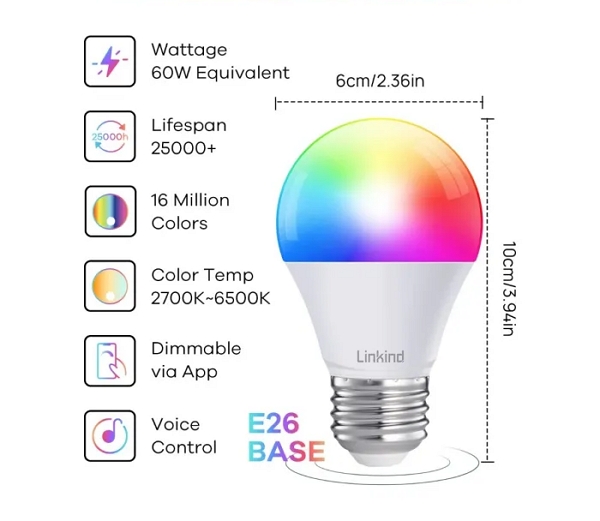

- 16 Million Vivid Colors
- Dimmable Warm to Cool Whites
- Music Sync with 4 Modes
- Set Schedule for Your Routine
- App Control & Voice Control & Group Control
Conclusion
As we dim the lights on this illuminating discourse, it's time to reflect on the radiant journey we've just undertaken. We've traversed the luminescent landscape of LED and fluorescent lights, uncovering the dazzling truths and shedding light on the shadows. It's evident that the future is bright, and LEDs are leading the way.
With their unparalleled energy efficiency, longevity, environmental friendliness, and sheer brilliance, they are the torchbearers of modern illumination. Fluorescent lights, with their rich history, have served us well, but as the sands of time trickle, it's time to embrace the luminous embrace of LEDs.
As you venture forth, remember that light is not just about visibility; it's about vision, ambiance, and the soul of a space. Choose wisely, and may your paths be ever bright!












